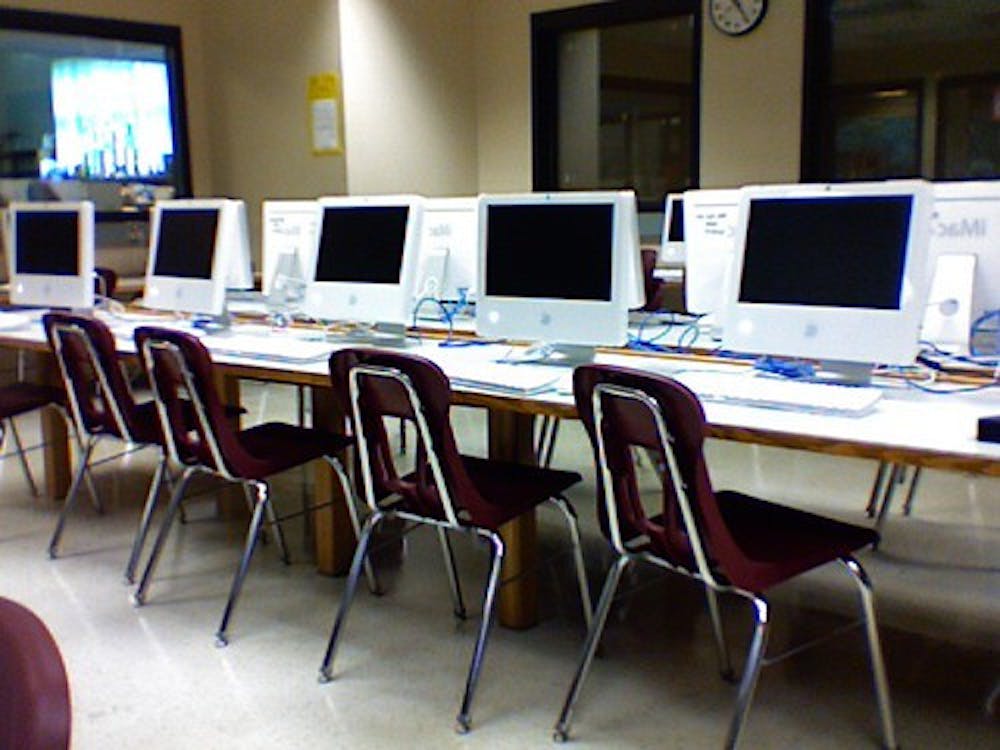As the Syrian crisis nears the three year mark, hope for a resolution in the near future appears extremely low. The Syrian Observatory for Human Rights, a pro-opposition group, says that the period since the "Geneva 2" peace talks has been the bloodiest in the conflict’s history. When negotiations in Geneva concluded most recently, on February 15th, United Nations mediator Lakhdar Brahimi apologized to the Syrian people for another futile conversation. The final session of the conference, in fact, lasted a measly 27 minutes. When all sides left a neutral and pleasant Switzerland to return to their respectful home-bases, the sense of frustration was very palpable.
As Foreign Secretary of the United Kingdom William Hague was quick to point out, the ultimate blame for these failures falls squarely on Syrian President Bashar al-Assad’s shoulders. Despite this, international players are failing to make progress towards his removal. In the West, we have the British, French, and Americans, amongst others. Leaders from these nations make poignant and well-crafted speeches, expressing support for the opposition and listing Assad’s outrageously aggressive tactics. But unfortunately, their words have not generally not translated into concrete action.
Thankfully, the Gulf states of Saudi Arabia and Qatar are not so patient, and seem determined to arm the rebels with more advanced weaponry. Reports have recently surfaced stating that the Saudis are prepared to supply the Free Syrian Army with anti-aircraft missiles and heavy artillery. Unlike noble rhetoric, that move will make a sizable impact on the ground. It should be followed by similar transfers by Western powers in the near future. Assad’s thugs clearly have access to myriad tools of destruction, and if the Americans and Europeans are truly committed to removing him from power, then this is the logical next step.
On the other side of the divide, the Russians continue to act in a stubborn and brazen fashion even as the world media zooms in on the Sochi Olympics. U.S. Secretary of State John Kerry has worked tirelessly to arouse the international community with little to show for his efforts, largely because his Russian counterpart Sergey Lavrov keeps attempting to justify the terrorism of the Syrian regime. The Iranians, also, are set on maintaining the current leadership in Syria and ensuring that pro-government forces are well-armed.
But diplomats must not bicker any longer. The Americans should pressure a headstrong Putin to relax his pro-Assad stance and stop injuring the peace process in whatever ways possible. The pro-opposition coalition should also use stalled negotiations over Tehran’s nuclear policies as leverage in Syria, affixing the threat of more sanctions to Iran’s vicious and inflammatory support for Assad.
Consider the toll all this violence and chaos has taken on the Syrian people. While world powers have argued over what should be done, Syrians have suffered in massive numbers. The humanitarian need reached epic proportions quite some time ago. The Syrian Observatory for Human Rights reports that 140,000 people have been killed in Syria since 2011, including over 7,000 children. According to the UN, around 9.5 million people have been forced to leave their homes, and this number is still increasing by 300 per day. USAID reports that over 40% of Syria’s population is now in need of humanitarian assistance. In East Ghouta, a single suburb of the capital Damascus, 160,000 people are waiting for clean water to get past government blockades. There have been 23 confirmed cases of polio in Syria, which was thought to be eradicated from the Middle East over a decade ago. The proportional influx of refugees into neighboring Jordan has been the equivalent of the entire population of Canada moving to the United States over the course of around 18 months. The UN calculates that the country has already lost 45% of its GDP – nearly equivalent to Germany’s loss at the end of the Second World War - and that Syria lost almost 35 years of development in the first two years of the conflict alone.
It is difficult to gauge how effective international aid has been in terms of total impact. In January, donors met in Kuwait and pledged over $2.4 billion. Kuwait contributed $500 million to lead the way, while the United States committed $380 million bringing its total to a world-leading $1.7 billion plus. Yet, UN Secretary-General Ban Ki-moon said that $6.5 billion was the target amount to provide Syrian civilians with basic services for 2014. That is the largest appeal for assistance in United Nations history.
No amount of aid is adequate. Firstly, the need is simply too great. Assad is literally starving his people, and medical care is desperately lacking. Secondly, methods of delivery provide an endless challenge to aid workers. Imagine having a truck full of lifesaving medicine that cannot reach people in need because government forces are blocking entry. The situation is so dire, that last month, the United Nations said that they could no longer update death tolls because conditions on the ground are too dangerous.
Surely, the most heartbreaking outcome of all this, is what Syrian children are going through. As Rajiv Shah, head of USAID, recently explained, over five million children have been affected by seemingly infinite levels of devastation. “It is as if every student in the 25 largest U.S. school districts—including New York, LA, Chicago, and Miami—had been affected by violence, hunger, disease, or malnutrition.”
Schools are in ruin. Mosques have been blown up by sectarian terrorist groups. Massive portions of cities are blocked off from any kind of assistance. Today, radical forces such as al-Qaeda affiliates are present in Syria in greater numbers than ever before. The burden on nearby nations such as Lebanon is practically incalculable. Refugees continue to pour into camps without remotely acceptable housing conditions. If it was difficult to resolve this crisis in its infancy, today it seems near impossible.
Moreover, let us not forget, that this all started not with Molotov cocktails and extremist rhetoric, but with a people peacefully protesting against a brutal, authoritarian government. When, in October of 2013, Assad said that he would run for re-election in the middle of 2014, the world saw a man who is terribly out of touch with reality. After all that has happened, such a stance cannot be seen as anything other than completely unacceptable. What is terrifying, though, is that he is still in power. His father, Hafez, ruled Syria for three decades. Now, Bashar is hanging on to power with all of his might.
As the greatest humanitarian crisis of the 21st century marches on, one can only wonder how much longer this bloodshed will continue. Of course, a transitional government eventually needs to take over, and Assad cannot play any part in that process. Yet, the opposition is so fragmented that it is hard to tell who’s in charge. Groups such as ISIS – the Islamic State of Iraq and the Levant – which pledged allegiance to al-Qaeda in 2004, have considerable room to operate in Syria right now; the playing field is treacherous, and distinguishing between the good guys and the bad guys is incredibly tough. Significant aid dollars are pouring in, but in insufficient quantities. With no end in sight, and stalemate after stalemate at the negotiation table, a somewhat peaceful Syria by the end of the year appears to be little more than a fantasy.




